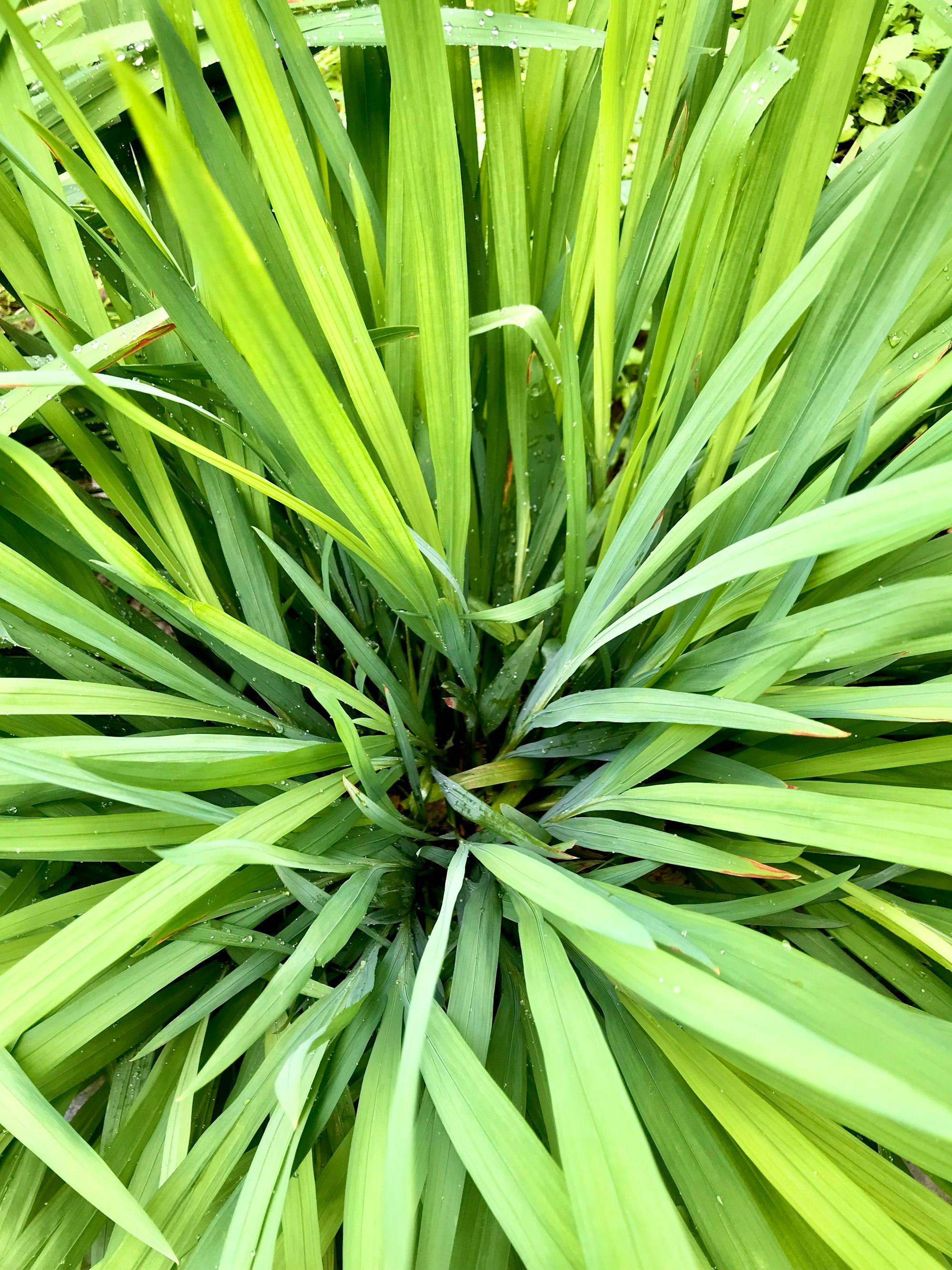How to Grow Lemongrass
Lemongrass is a versatile and edible ornamental plant native to Sri Lanka and India, valued for its intense citrus-like scent and flavor.

Table of Contents
Commonly used in Asian cuisine, this tropical plant is a visually pleasing ornamental grass with vibrant green foliage and strappy texture.
Growing lemongrass in your garden is an achievable goal regardless of your climate.
By learning how to plant, propagate, water, fertilize, and overwinter lemongrass, you're well on your way to enjoying this unique plant's culinary and aesthetic benefits.
About Lemongrass
Lemongrass, scientifically known as Cymbopogon citratus, is a tall, perennial ornamental grass native to tropical regions.
Also known as citronella grass, East Indian lemongrass, and West Indian lemongrass, this plant is highly valued for its unique, zesty lemon flavor and aroma.
The Cymbopogon genus includes more than 50 species, with Cymbopogon citratus and Cymbopogon flexuosus being the most popular.
Besides its culinary uses, lemongrass oil, extracted from the plant, has various applications in cosmetics, perfumes, and insect repellents.
When growing lemongrass, provide it with full sun, rich, loamy soil, and a cup of water daily to maintain its health and vigor.
Growing Lemongrass
To grow lemongrass in your garden or container, choose a location with at least six hours of direct sunlight daily.
You can either use seeds or propagate lemongrass through division.
For seeds, plant them just under the soil's surface (about 1/16 of an inch deep), as they need light to germinate.
If you prefer to grow lemongrass indoors, start your seeds in a greenhouse or a warm, moist environment.
Prepare your soil by ensuring it is rich, loamy, and has a slightly acidic pH level; ideally, aim for a range between 6 and 7.
In early spring, once the danger of frost has passed, transplant your young lemongrass plants outside or into potted containers.
When planting, space them at least 2 feet apart to provide ample room for growth.

Caring for Lemongrass
Sun and Temperature
Lemongrass thrives in full sun and prefers temperatures between 70-90°F.
It can be grown in zone 9 but requires additional protection from frost during cooler months in zones 10-11.
Water and Humidity
Keep the soil consistently moist but not waterlogged.
Monitor the humidity levels as lemongrass flourishes in a high-humidity environment.
Soil
Opt for a well-draining, loamy soil that is rich in organic matter. Ensure the soil has a pH between 6.0 and 7.0 to prevent nutrient deficiencies.
Fertilizer
Lemongrass benefits from regular applications of nitrogen-rich fertilizers, such as compost or fish emulsion.
Apply fertilizer every 4-6 weeks during the growing season.
Repotting
Repot your lemongrass plant into a larger container to accommodate its fast-growing, clump-forming habit.
This is especially important for potted plants that have outgrown their current containers.
Pruning and Propagation
Regularly prune your lemongrass plant to maintain its size and shape. Propagate by dividing the clumps or taking cuttings from the stalks in spring or fall.
Troubleshooting Plant Problems
Growing Problems
Lemongrass thrives in weather 60°F (15.6°C) or above and in full sun; planting it in a shaded or cooler area might hinder its growth.
Ensure that it's placed outdoors; however, if you must grow it indoors, position it by a windowsill where it gets ample sunlight.
Pests and Diseases
Lemongrass is generally pest-resistant, but it can be susceptible to rust. To avoid this fungal disease, ensure proper air circulation and avoid overwatering the plant.
Should pests such as aphids or spider mites appear, you can use a natural insecticidal soap to remove them from your lemongrass.
Companion Planting
To support the growth of your lemongrass, consider planting it with companions such as basil, mint, or rosemary.
These companion plants repel pests naturally and enhance your garden's overall health.
Be mindful of frost in the fall months, and either bring your lemongrass indoors or provide adequate protection from the cold temperatures.
Conclusion
Growing lemongrass can be a rewarding experience for both ornamental and culinary purposes.
Choose a location with at least six hours of sunlight and space the plants 18-24 inches apart for optimal growth.
Care for your lemongrass with regular watering, and consider potting and overwintering if you reside in a colder climate.
With these straightforward steps, you'll have healthy, aromatic lemongrass at your fingertips.
Frequently Asked Questions
How fast does lemongrass grow?
Lemongrass grows pretty quickly, usually reaching maturity in around four months. You'll notice significant growth during consistent sunlight, warmth, and adequate moisture, especially in spring and summer.
What is the ideal growing zone for lemongrass?
Lemongrass thrives in tropical and subtropical climates, with USDA hardiness zones 9 to 11 are ideal. However, with proper care, it can also be grown successfully in cooler climates inside containers or as an annual plant.
How to care for lemongrass in pots?
When growing lemongrass in pots, use well-draining soil and provide ample sunlight (at least 6 hours per day). Regularly water the potted lemongrass, allowing the soil to dry slightly between waterings to prevent root rot.
Does lemongrass spread?
Lemongrass grows in clumps and can gradually expand over time. It does not aggressively invade other areas of your garden, but occasional thinning or division of large clumps can help control its size and maintain a tidy appearance.
How tall does lemongrass grow?
Lemongrass typically reaches 3 to 6 feet tall, depending on the variety and growing conditions. It generally forms dense clumps of green, strappy leaves that add texture and color to your garden or container plants.
How to harvest lemongrass?
To harvest lemongrass, cut off the stalks at their base, leaving about an inch above the ground. You can harvest as needed, removing the outer stalks while allowing the inner stalks to grow. For optimal flavor, harvest lemongrass when the stalks are about a half-inch thick.
Is lemongrass perennial or annual?
Lemongrass is a perennial plant that thrives in warm and humid climates. It can survive for several years with proper care and maintenance.


